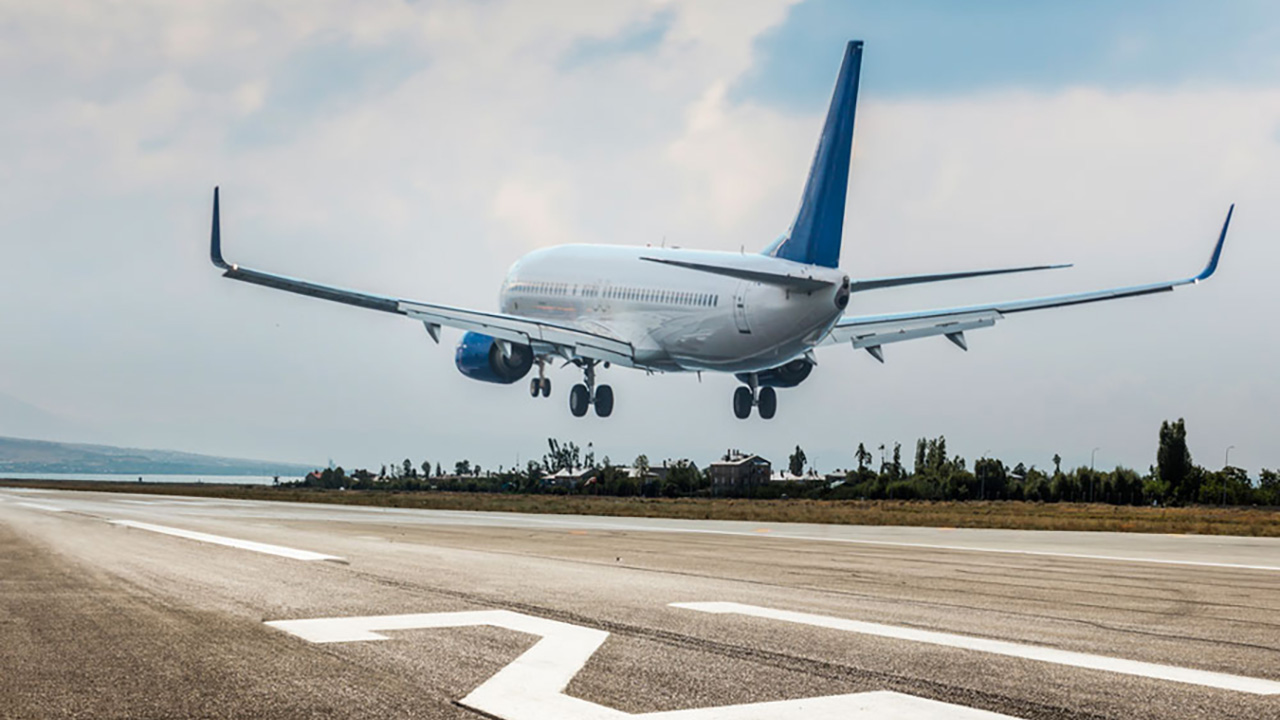MIT devised a hybrid-electric aircraft to reduce the pollution problem
Source: HW Upgrade added 16th Jan 2021
Air pollution from aircraft does not it only affects the climate, but it also causes thousands of deaths a year. A team of MIT engineers proposes a hybrid-electric aircraft that could reduce nitric oxide emissions by 95% .
by Manolo De Agostini published 16 January 2021 , at 12: 31 in the Science and Technology channel
We care a lot about pollution caused by cars, but that created by airplanes is no exception, indeed. A plane flying at cruising altitude emits a constant stream of nitrogen oxides , better known as NOx : it is one of the main sources of air pollution, and is one of the possible causes of asthma, respiratory diseases and cardiovascular disorders . According to some studies, the release of NOx into the atmosphere by aircraft causes 16. 000 premature deaths year in the world .
Al MIT of Boston believe they have a potential solution to the problem . A group of engineers has devised a thruster for aircraft which, according to estimates, could eliminate 95% of NOx emissions from aircraft , consequently reducing the number of premature deaths by 92%. Engineers took inspiration from the afterburner emission control systems used in diesel truck engines, adding a pinch of electrical component which, nowadays, never fails.
To reach the objective it is however necessary to partially modify how modern aircraft work. A traditional aircraft, in fact, works thanks to jet engines positioned under each wing. Each engine has a gas turbine that drives the propeller that drives the vehicle, while the exhaust gases produced by the turbine come out from the rear.
This configuration does not allow the use of emission control devices because they would interfere with the thrust produced by the engines, so at MIT they thought of a “hybrid-electric, or” turbo project -electric “, in which the energy source of an airplane is still the gas turbine, placed however in the hold of the aircraft.
Instead of directly feeding the propellers, the gas turbine drives a generator, also in the hold, to produce electricity, which in turn powers the propellers placed on the wings. produced by the gas turbine can then be introduced into an emissions control system, substantially similar to that of diesel vehicles, capable of cleaning up the exhaust gases before expelling them into the atmosphere.
“Although it would be a tremendous challenge in gneristics, does not clash with fundamental physical limits “, explained Steven Barrett, professor of aeronautics and astronautics at MIT. “If you want to get to a zero impact aviation sector, it’s a potential solution to solve the air pollution part in a technologically quite feasible way.” Details of the project were published in the journal Energy and Environmental Science.
Professor Barrett explained that the idea sinks its roots in the “Dieselgate” scandal which mainly involved Volkswagen in 2015. The auto giant had intentionally manipulated diesel engines to activate emission control systems only during laboratory tests, in order to meet NOx emission standards; in fact the engines emitted up to 40 times more NOx during real use.
In trying to understand the impact of this scam on health, Barrett became familiar with the emission control systems of diesel vehicles. Around the same time, the professor was investigating whether it was feasible to create large, fully electric aircraft. “Research in recent years shows that you could probably electrify smaller aircraft, but for large aircraft that won’t happen anytime soon without some pretty important breakthroughs in batteries,” Barrett said. “So I thought maybe we could take the electric propulsion part from the longtime, super reliable and very efficient electric planes and gas turbines, and combine them with the emission control technology used in the automotive industry in order to create semi electrified aircraft “.
The researchers calculated that adopting a hybrid-electric system on a Boeing 737 or on an airplane similar to an Airbus A 320, the extra weight would require approximately 0.6% more fuel to fly the plane, a value “many, many times more feasible than has been proposed for fully electric aircraft,” Barrett says. “ This design would add a few hundred kilograms to an airplane, compared to many tons of batteries “. The further analyzes then revealed that the hybrid-electric project could eliminate 95% of NOx emissions, avoiding thus the 92% of premature deaths related to air pollution.
MIT researchers are now working on designing a “zero impact” aircraft that can fly without emitting NOx and other chemicals such as climate-altering carbon dioxide. “We need to essentially achieve zero net climate impacts and no deaths from air pollution,” added Barrett. “This design could effectively eliminate the problem of air pollution from aviation. We are now working on the climate impact part
“.
Follow us on our Instagram channel, lots of news coming soon !
